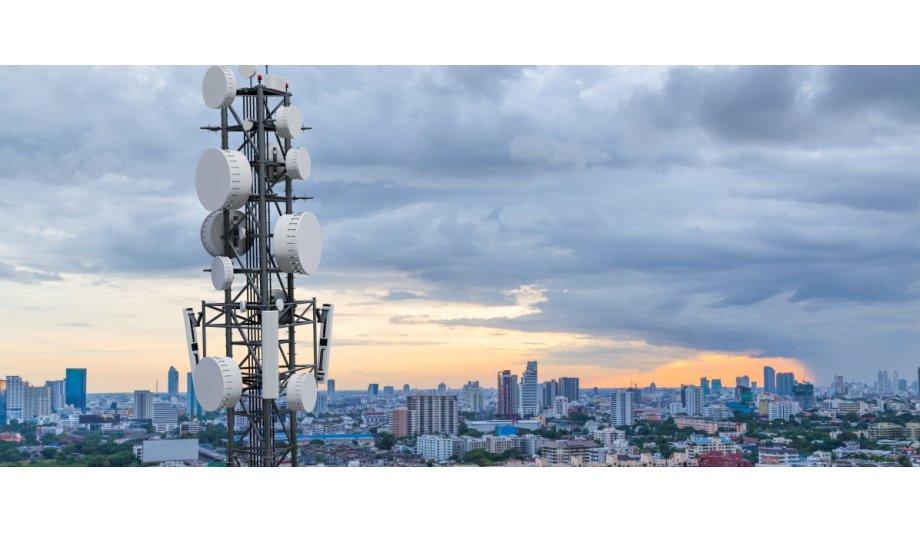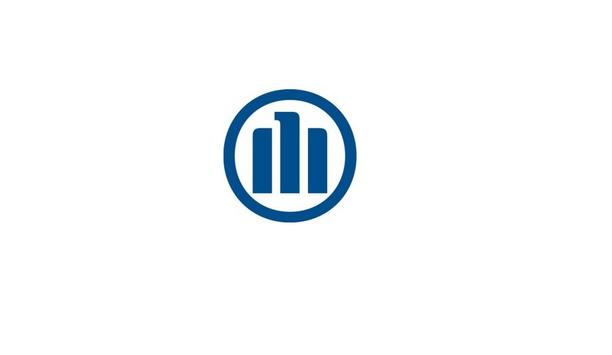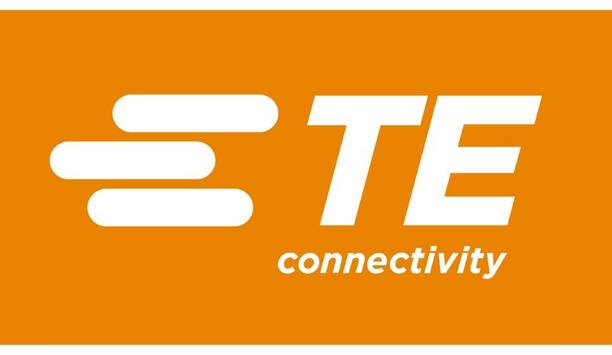The first and second parts of the 5G signal analysis (spectrum analysis) conformance testing blog series, based on the 3rd generation partnership project (3GPP) standard requirements, discussed base station transmitter characteristics, such as transmit power, output power dynamics, transmit on/off power, and signal quality, that can be measured using a RF spectrum analyzer.
This article focuses on unwanted emissions testing as another requirement defined by 3GPP standards, when performing signal analysis (spectrum analysis) on base station transmitters.
Out-of-band emissions
Unwanted emissions are out-of-band and spurious emissions, and can be analyzed using a signal analyzer
Unwanted emissions are out-of-band and spurious emissions, and can be analyzed using a signal analyzer (spectrum analyzer). The out-of-band emissions are the unwanted emissions immediately outside the channel bandwidth resulting from the modulation process and non-linearity in the transmitter, but excluding spurious emissions.
Spurious emissions are emissions caused by unwanted transmitter effects, such as harmonics emission, parasitic emission, intermodulation products, and frequency conversion products, but exclude out-of-band emissions.
ACLR and OBUE
The base station transmitter’s specified out-of-band emission requirements are adjacent channel leakage ratio (ACLR) and operating band unwanted emissions (OBUE). These requirements target the emission impact to different frequency offsets.
ACLR only focuses on the power leakage to its adjacent channels, while the OBUE covers the entire operating band, as well as an offset at each side. By using a signal analyzer (spectrum analyzer), users can analyze all these unwanted emissions, when evaluating their base station transmitter signal quality.
ACLR Measurements
ACLR is the ratio of the filtered mean power centered on the assigned channel frequency, to the filtered mean power centered on an adjacent channel frequency. The purpose of ACLR is to control the power leakage to adjacent channels, under a certain level to reduce interference. The transmitted signal could be single or multi-carrier and the requirements apply to both.
The signal analysis (spectrum analysis) of a conducted ACLR result using Keysight’s UXA signal analyzers (spectrum analyzers) and PathWave X-Series measurement applications was done. The base station is transmitting 100 MHz test model 1.1 for frequency range (FR)1 and it’s a single carrier signal at a frequency of 3.5 GHz.
Metrics table displays information for ACLR measurement
Similar to other measurements, preset is also available for ACLR
The metrics table displays the information for ACLR measurement, including total carrier power, frequency offsets, integration bandwidth for each offset, the measured ACLR, and the absolute power value. This signal analysis (spectrum analysis) also provides the flexibility to customize the pass / fail criteria, representing only the ACLR, only absolute power, and ACLR and/or absolute power.
Similar to other measurements, preset is also available for ACLR. Therefore, the signal analyzer (spectrum analyzer) can automatically configure the adjacent channel offset, bandwidth, and limit, based on the frequency band, base station type, class, and category.
OBUE Measurements
OBUE measures the emissions close to the assigned channel bandwidth of the wanted signal, while the transmitter is in operation. The defined unwanted emissions from the operating band measure the out-of-channel emissions over the whole base station transmitter operating band, with an offset on each side. These are the unwanted emissions resulting from the modulation process and non-linearity in the transmitter, but excluding spurious emissions.
A signal analysis (spectrum analysis) example of two component carrier signals with the non-contiguous spectrum in a conducted test setup, using Keysight’s UXA signal analyzers (spectrum analyzers) and PathWave X-Series measurement applications was also carried out. This example refers to the measurement within a sub-block gap at 100 MHz; the measured trace displays in multiple segments, together with the blue line on the top that shows the limit mask within the sub-block gap.
This result includes the cumulative region with a stop frequency of 10.5 MHz and also the non-cumulative region with a fixed limit value, consistent with the 3GPP required mask. The table in the figure reports the worse point in each segment at both upper and lower sides, including the frequency location, power level, and delta to limit.
Spurious emissions
Spurious emission measures the emissions across a much wider frequency range
A key question in signal analysis (spectrum analysis) is ‘how will the emission of 5G NR signal possibly impact the other systems that are out of the operating band?’ Spurious emission measures the emissions across a much wider frequency range, in order to ensure the emission level is under the limit.
The measurement region includes two parts, the first part is from 9 kHz to ΔfOBUE below the operating band, and the second part is from ΔfOBUE above the operating band to 12.75 GHz. For some operating bands, if the fifth harmonic of the upper frequency edge is higher than 12.75 GHz, the emission limit should also cover the fifth harmonic point.
Example of band n78
Also given is an example of band n78, where the frequency range is from 3.3 to 3.8 GHz, using Keysight’s UXA signal analyzers (spectrum analyzers) and PathWave X-Series measurement applications. According to the test requirement, the 1.1 signal transmits at the bottom channel to measure the frequency range below the band, while the top channel measures above the band.
It shows the top ten spurs detected for each frequency range, so the user can place a marker to the spur of interest to check its frequency and emission level. If all the measured points fall below the limit line, the spurious emission test passes. Otherwise, the failed spurs in the table display appear as a red ‘F’.
The last part of this blog series discusses the 5G NR conformance test challenges and the latest industry signal analyzer (spectrum analyzer) solutions to overcome these testing challenges.







